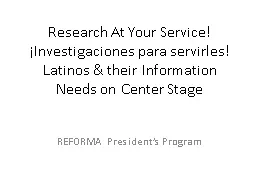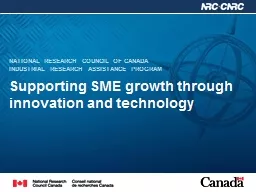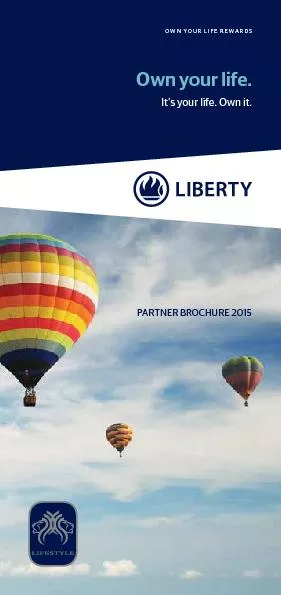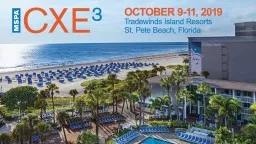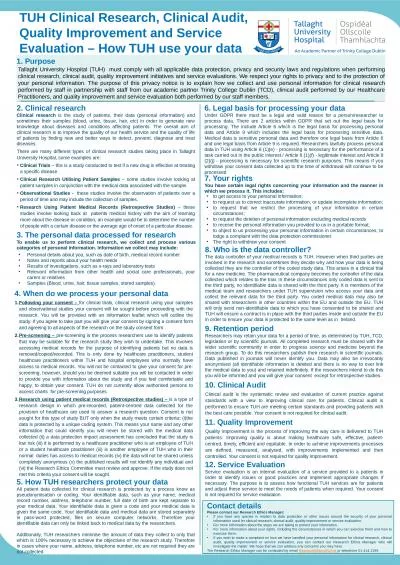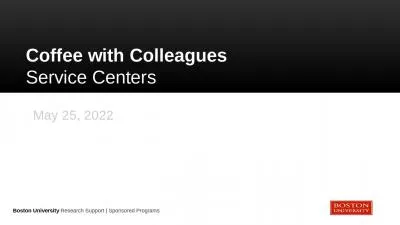PPT-Research At Your Service!
Author : tatiana-dople | Published Date : 2018-09-23
Investigaciones para servirles Latinos amp their Information Needs on Center Stage REFORMA Presidents Program Publication about Library Services to Latinos is
Presentation Embed Code
Download Presentation
Download Presentation The PPT/PDF document "Research At Your Service!" is the property of its rightful owner. Permission is granted to download and print the materials on this website for personal, non-commercial use only, and to display it on your personal computer provided you do not modify the materials and that you retain all copyright notices contained in the materials. By downloading content from our website, you accept the terms of this agreement.
Research At Your Service!: Transcript
Download Rules Of Document
"Research At Your Service!"The content belongs to its owner. You may download and print it for personal use, without modification, and keep all copyright notices. By downloading, you agree to these terms.
Related Documents

